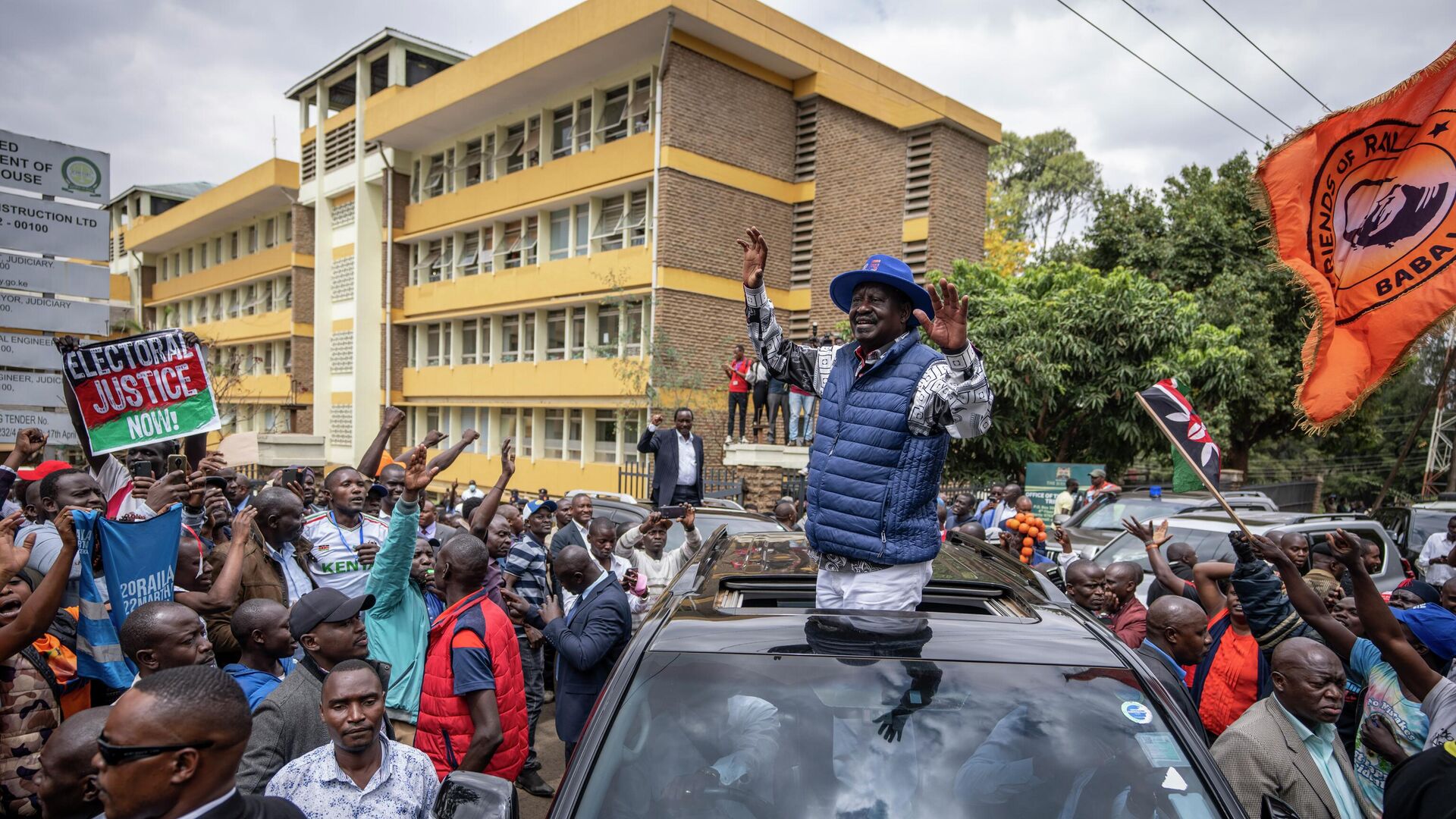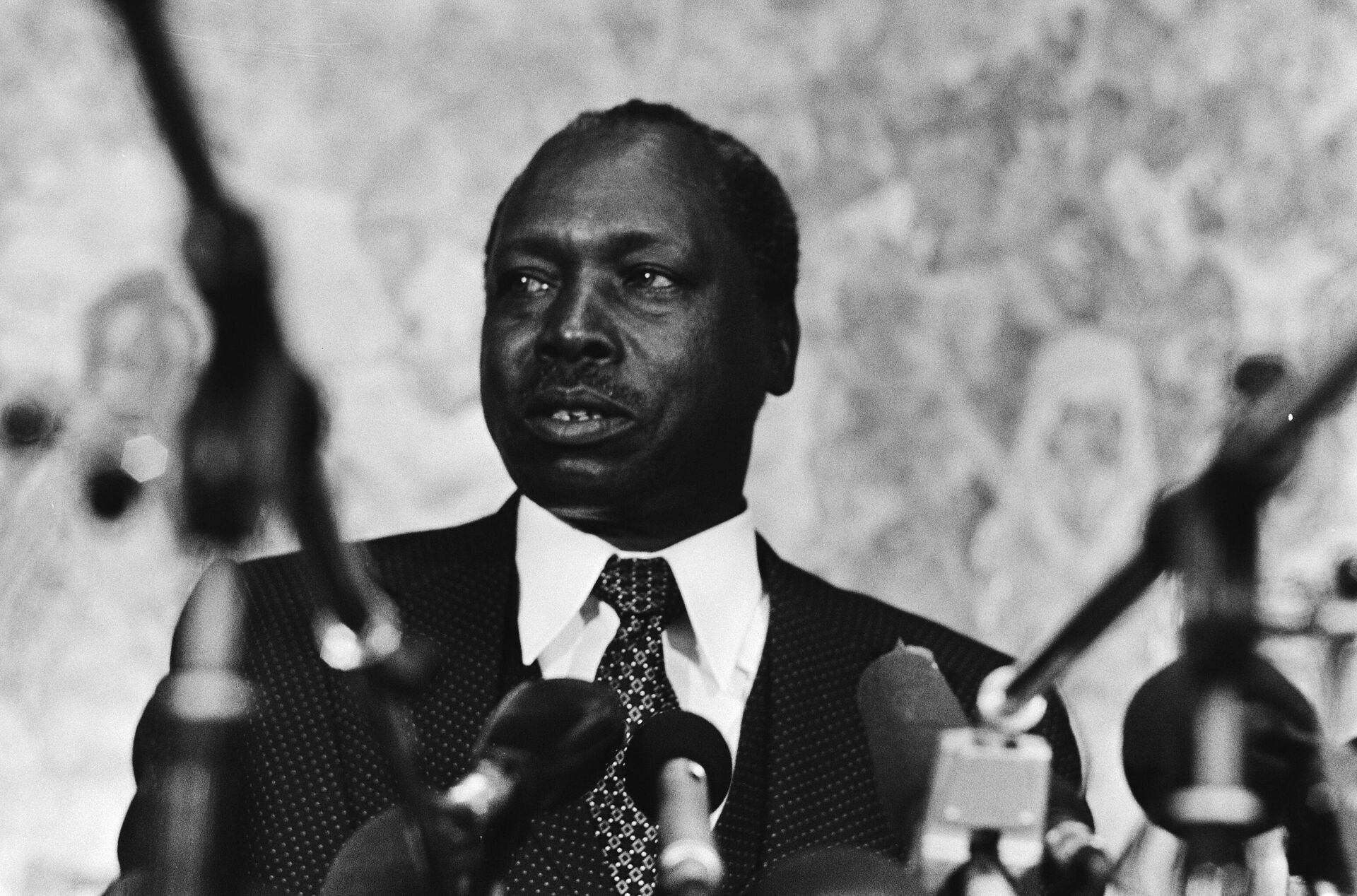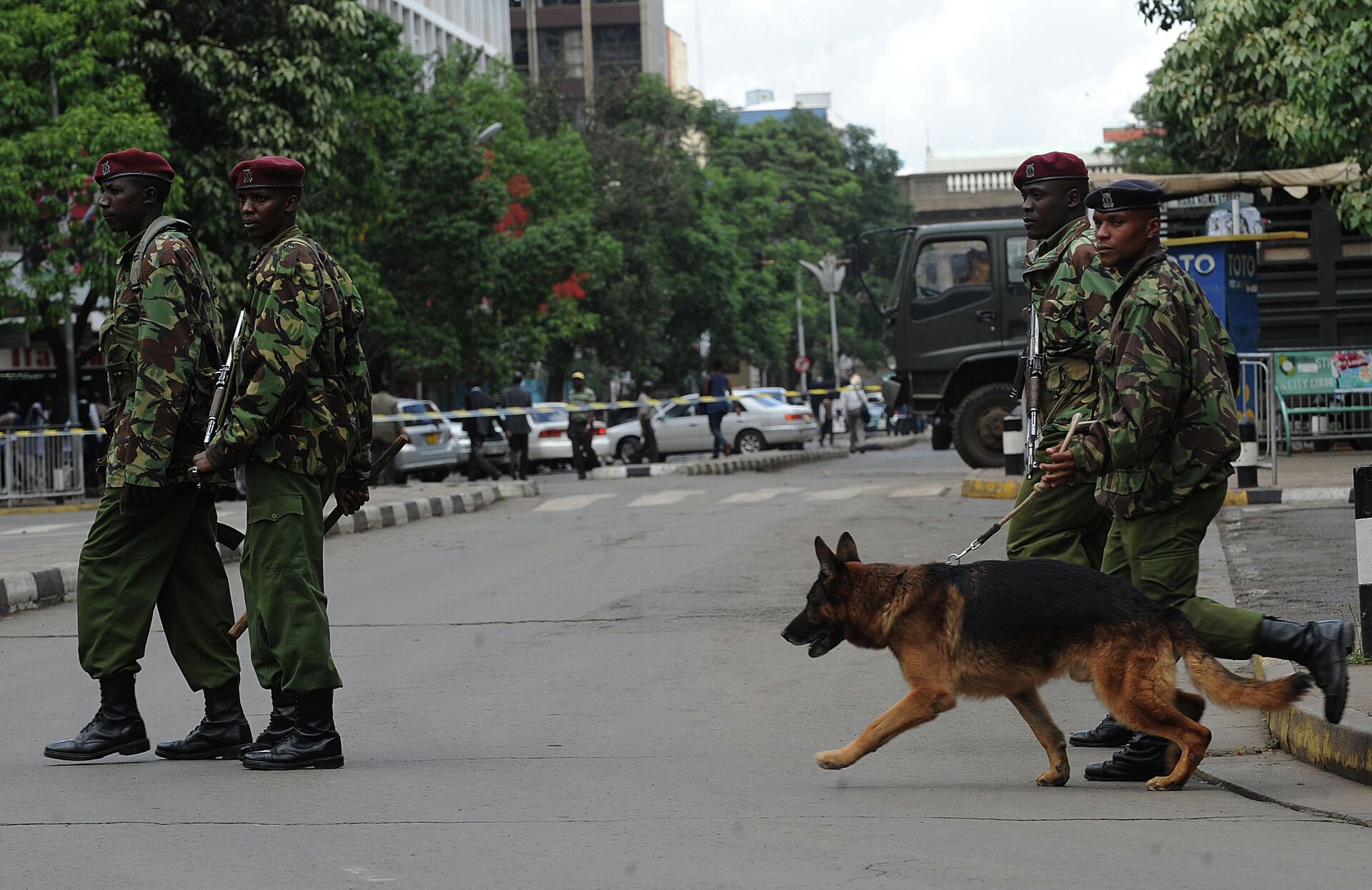Who is Raila Odinga, the Candidate Bringing Election Fraud Claims Before Kenya's High Court?
18:39 GMT 22.08.2022 (Updated: 11:37 GMT 23.11.2022)

© AP Photo / Ben Curtis
Subscribe
On Monday, Raila Odinga, presidential candidate for the Orange Democratic Movement, appealed the results of the August 9 election to the Kenyan Supreme Court. It’s not the first time in his decades of Kenyan politics that he’s alleged fraud - or found it - in the election process.
According to Odinga, Deputy President William Ruto’s victory in the August 9 election for Kenya’s next president was a “travesty” and a “parody” with “many flaws." The official tally was extremely close, with Ruto claiming 50.5% of the vote and winning by just 233,000 ballots. However, according to the majority of Kenya’s election commission, the official tallies betray the rigging of the vote, which add up to 100.1%.
The East African state’s high court is tasked with reviewing elections, and will have 14 days to decide if there will be a new vote or if Ruto’s victory will stand.
The dispute has provoked new violence as protesters took to the streets and police unleashed tear gas and other weapons against the demonstrators.
Odinga is a longtime veteran of Kenyan politics, having run in numerous presidential races and participated in the struggle for multiparty democracy during the years of President Daniel arap Moi’s dictatorship. Since 2013, he has been recognized as the leader of the Kenyan opposition, although his longtime rival, outgoing President Uhuru Kenyatta, has endorsed his 2022 campaign.
He made a similar appeal after the August 2017 presidential election, which Kenyatta won with 54% of the vote as compared to Odinga’s 45%. The Supreme Court agreed with Odinga that the Independent Electoral Commission (IEBC) database had been hacked and the results falsified, voided the results, and ordered a new election held within two months, which Kenyatta also won.
‘The Mystery’
Odinga was born in 1945 in Maseno, a suburb of Kisumu, Kenya’s third largest city. His father, Jaramogi Oginga Odinga, was a prominent Luo chieftain who fought for Kenyan independence from the British Empire and was its first vice president following independence in 1963. Raila Odinga was educated in East Germany and ran an important gas cylinder manufacturing company in Kenya before entering the civil service.

Kenyan President Daniel arap Moi at a press conference in The Hague, Netherlands, on 21 June 1979.
In 1982, he was jailed along with numerous others after he was accused of being one of the ringleaders of an attempted military coup of President Daniel arap Moi, a Western-aligned Cold Warrior who never fully united the country following the death of his predecessor and Kenya’s first president, Jomo Kenyatta. Odinga was declared a traitor and spent the next six years in prison. He was released in February 1988 and re-arrested six months later for agitating for a multiparty political system. He was released again in 1989, arrested again in 1990, and released again in 1991, at that point fleeing abroad to Norway.
While he was in prison, Odinga earned the nickname “Agwambo,” which in his native Luo language means “The Mystery” or “The Unpredictable,” because of how afraid of him Moi’s government seemed to be.
Odinga returned the following year to participate in the country’s first multiparty elections, called after Moi caved to internal and Western pressure. Odinga joined his father’s Forum for the Restoration of Democracy (FORD) movement, became its vice chairman, and won a seat in parliament. Moi won the election and retained the presidency.
Political Jockeying in the New Democracy
In 1997, Odinga ran against Moi but came in third place, behind Moi, who won again, and Moi’s former vice president, Mwai Kibaki, who took second place. Afterwards, Odinga switched sides and threw his weight behind Moi, even merging his own National Development Party (NDP) with Moi’s Kenyan African National Union (KANU) to form New KANU. It won him a job as Moi’s energy minister.
However, the deal didn’t win Moi’s endorsement, and he backed Uhuru Kenyatta, a political neophyte and son of Jomo Kenyatta, in 2002, when he could not run again due to term limits. This was seen as a slight against movement veterans, who left New KANU in droves and formed the Liberal Democratic Party, led by Odinga, who threw his weight behind Kibaki.
However, Odinga’s loyalties changed once again after Kibaki won in 2002. Kibaki submitted a draft for a new constitution in 2005, which was seen as weakening regional and local government at the expense of a strengthened executive. Odinga led a successful “no” campaign ahead of the referendum, which roundly rejected the proposed constitution. He formed a new party, the ODM, following this split with Kibaki.

Kenyan police officers keep vigil outside the Supreme Court in Nairobi. File photo
© AFP 2023 / SIMON MAINA
In 2007, Odinga accused Kibaki of winning by withholding identity cards for voters in opposition strongholds, and rejected the results of the election, which were ironically almost exactly the same number of votes that Ruto has won by: 232,000. In the two months that followed, violence swept the country and more than 1,000 people died. The army was required to restore order, and the violence was defused after Odinga and Kibaki reached a power-sharing agreement by which Odinga would hold the revived office of prime minister.
Odinga also ran against Kenyatta in the 2013 and 2017 elections, alleging fraud and technological errors in both votes, with the second one resulting in the Supreme Court throwing out the results and calling a new election in October 2017. Odinga claimed the new election would not be free or fair, and boycotted the second vote, resulting in Kenyatta getting 98% of the vote.
Odinga declared himself the People’s President, rejecting Kenyatta’s victory, but the two appeared together on television in March 2018 and referred to themselves as “brothers” in a bid to reduce political tensions and avoid a repeat of the 2007 violence.

